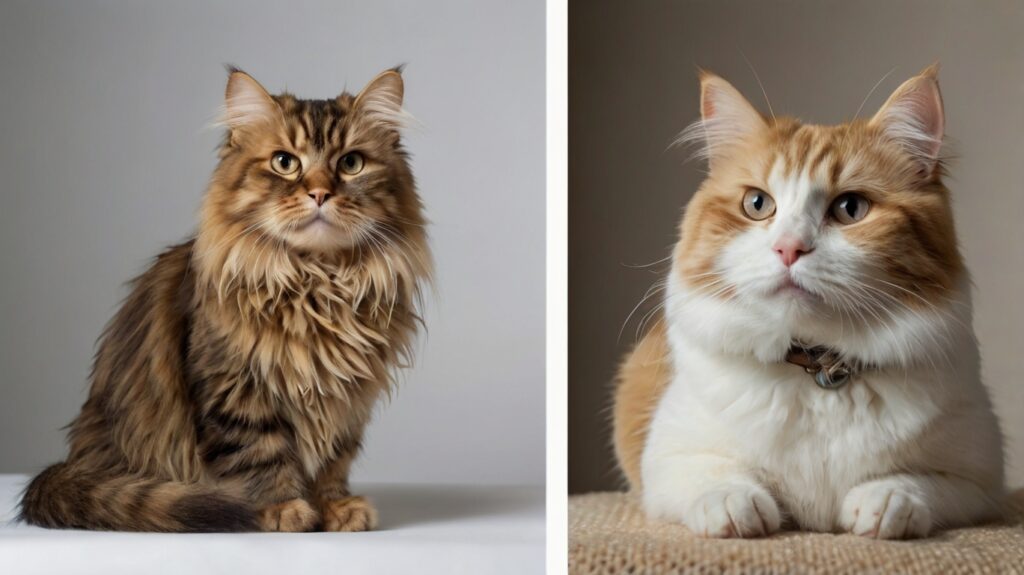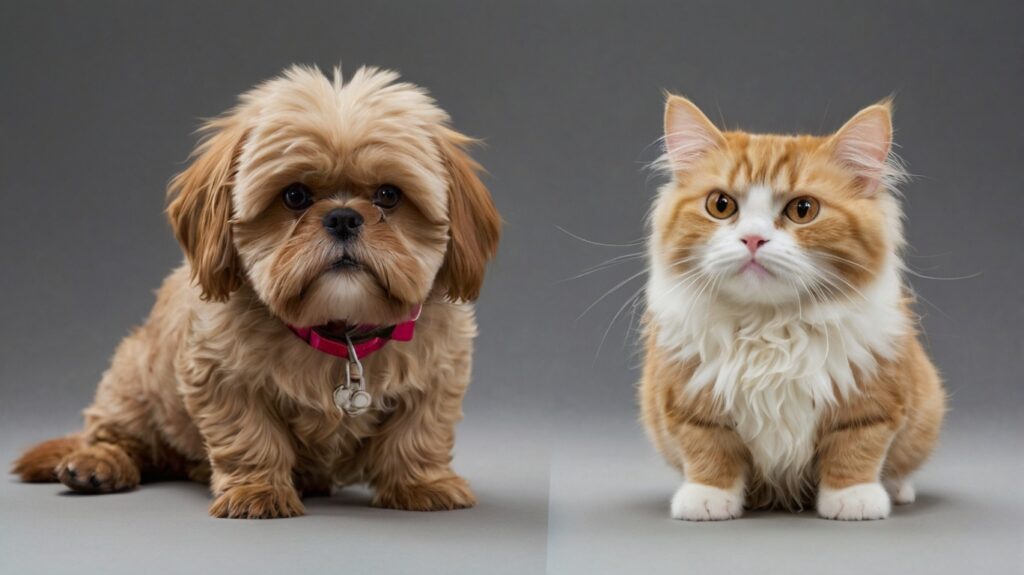Which Pets Are Low-Maintenance?

Introduction: Definition of Low-Maintenance Pets
What Makes a Pet Low-Maintenance?
Low-maintenance pets require less time, effort, and money to care for. They have simple needs and don’t need constant attention. For example, they don’t need daily walks or frequent vet visits. Low-maintenance pets are a good choice for busy people or those new to owning pets.
Basic Needs and Care Requirements
Every pet needs food, water, shelter, and some attention. But low-maintenance pets need these things less often. For instance, they might only need to be fed a few times weekly. Their living space may also be easier to clean, and they usually don’t need special equipment or a lot of space. Low-maintenance pets are also generally healthy and don’t need regular vet check-ups.

Types of Low-Maintenance Pets
Small Mammals (Hamsters, Gerbils, etc.)
Small mammals like hamsters and gerbils are popular low-maintenance pets. They need a small cage with a wheel for exercise, bedding, and toys. Their diet consists of store-bought pellets and occasional fresh fruits or vegetables. These animals don’t need much space and are happy living in a compact area. They are easy to care for because they don’t need daily attention and are generally clean.
Fish (Betta, Goldfish, etc.)
Fish like bettas and goldfish are also low-maintenance. Setting up their tank is simple: a small tank, clean water, and a filter are usually enough. Feeding them is easy, as they only need to be fed once or twice a day. Fish don’t need much space, and their tanks are easy to clean. They are considered low-maintenance because they require minimal daily care and attention.
Reptiles (Geckos, Turtles, etc.)
Reptiles such as geckos and turtles are low-maintenance because they have simple habitat needs. Geckos need a small tank with some hiding spots and a heat lamp, while turtles need a tank with water and a basking area. Feeding them is easy; geckos eat insects, and turtles eat pellets and vegetables. These reptiles are easy to care for because they don’t need daily handling and have long lifespans with minimal vet visits.
Birds (Finches, Canaries, etc.)
Birds like finches and canaries are low-maintenance pets because they are small and independent. They need a cage with perches, food, and water, and their diet consists of seeds and fresh fruit. Cage cleaning is simple and doesn’t need to be done every day. These birds are easy to care for because they are social but don’t require constant interaction.
Cats
Certain cat breeds are considered low-maintenance, especially those that are independent and require minimal grooming. Cats are known for their ability to groom themselves, so they don’t need regular baths. Some breeds, like the British Shorthair, have short fur that doesn’t shed much. Cats are easy to care for because they can be left alone for hours, as long as they have food, water, and a litter box. Their independent nature and low grooming needs make them a top choice for low-maintenance pets.

Factors to Consider When Choosing a Low-Maintenance Pet
Lifestyle Compatibility
When choosing a low-maintenance pet, it’s important to consider how well the pet fits into your lifestyle. If you have a busy schedule, a pet that requires minimal attention, like a fish or reptile, may be a better match. On the other hand, if you have more time, a small mammal or independent cat might be suitable. The key is to pick a pet that matches your daily routine and energy level.
Space and Environment
The space you have at home is another important factor. Different pets have different space requirements. For instance, fish and small mammals need less room and can be happy in a small tank or cage. Reptiles might need a bit more space, especially if they need a larger habitat with a heat lamp. It’s crucial to ensure that you have the right environment for the pet you choose, as this will keep them healthy and content.
Time Commitment
Low-maintenance pets are ideal for people who don’t have a lot of time for daily care. However, even these pets require some time each day. For example, fish need to be fed and their tanks cleaned regularly. Small mammals and reptiles also need to be fed and their habitats cleaned, but they don’t need much handling. When choosing a pet, think about how much time you can realistically commit each day.
Initial and Ongoing Costs
Owning a low-maintenance pet can be less expensive than other pets, but there are still costs to consider. Initial setup costs might include buying a cage, tank, or habitat, along with food, bedding, and other essentials. Ongoing costs include food, occasional vet visits, and any supplies needed to keep the pet’s environment clean. It’s important to budget for both the initial and regular expenses to ensure you can provide proper care for your pet.

Benefits of Having a Low-Maintenance Pet
Reduced Stress and Responsibility
One of the biggest benefits of having a low-maintenance pet is the reduced stress and responsibility. These pets don’t require constant attention, which means less worry for the owner. For example, you won’t need to walk a fish or bathe a gecko. The simple care routine of low-maintenance pets allows you to enjoy their company without the stress of high demands. This can lead to a more relaxed and enjoyable pet ownership experience.
Suitability for Beginners
Low-maintenance pets are ideal for first-time pet owners or those with busy schedules. Because they don’t need much time or complicated care, they’re easier to manage. For beginners, pets like hamsters, fish, or cats provide a gentle introduction to pet care. These pets also fit well into busy lifestyles, as they don’t need constant attention or elaborate setups. Their simplicity makes them perfect for anyone new to owning a pet or those looking for a pet that fits into a hectic life.

Conclusion
Recap of Low-Maintenance Pets
Low-maintenance pets are ideal for those who want a pet without a lot of demands. Small mammals, fish, reptiles, birds, and certain cats all fit this category because they require minimal care. They are generally easy to manage and fit well into busy lifestyles. Their simple needs and low upkeep make them a great choice for many people.
Encouragement to Research Further
Before choosing a low-maintenance pet, it’s important to research each type’s specific care needs. Understanding their requirements will help ensure you select a pet that fits well with your lifestyle and environment. Doing thorough research will lead to a happier experience for both you and your new pet.
People also ask
What is the lowest maintenance pet to own?
Fish are often the lowest maintenance pets because they require minimal daily care.
What is the cleanest pet to own?
Reptiles, like geckos, are very clean pets and don’t need regular baths.
What is the best pet for beginners?
Hamsters or fish are great for beginners because they are easy to care for.
What is a cuddly maintenance pet?
Cats can be cuddly and are relatively low maintenance, especially certain independent breeds.



